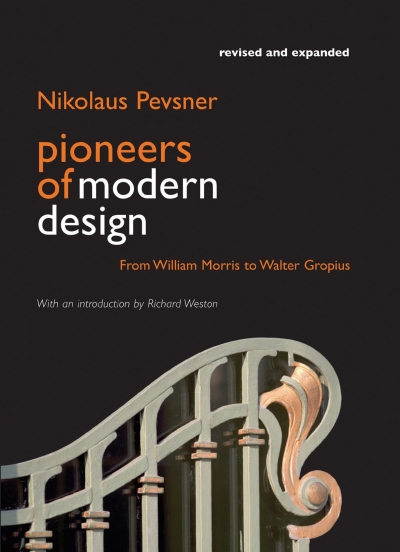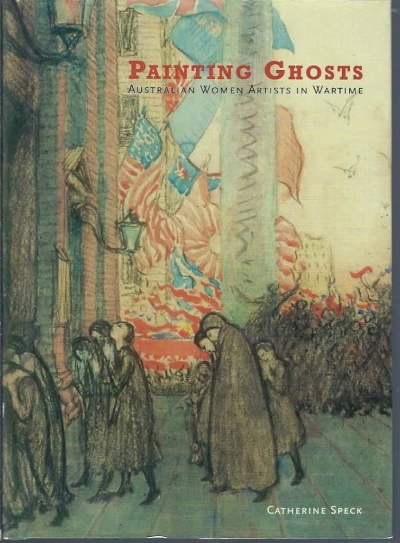Art History
The Art of Roger Kemp: A quest for enlightenment by Christopher Heathcote
by Sarah Scott •
As convenor of the 32nd Congress of the International Committee of the History of Art (January 2008), I have become increasingly aware of what others want to know about Australia and of the gaps in our agenda. It is equally clear that there is much that we do very well that is not yet recognised internationally.
... (read more)Art Since 1900: Modernism, Antimodernism, Postmodernism by Hal Foster
by Luke Morgan •
Nerli: An Italian painter in the South Pacific by Michael Dunn
by Julie Roberts •
Pioneers of Modern Design: From William Morris to Walter Gropius by Nikolaus Pevsner
by Christopher Menz •
Arthur Boyd and Saint Francis of Assisi: Pastels, lithographs and tapestries, 1964–1974 by Margaret Pont
by Luke Morgan •
Papunya: A place made after the story: The beginnings of the Western Desert painting movement by Geoffrey Bardon and James Bardon
by Tim Bonyhady •
Painting Ghosts: Australian Women Artists in Wartime by Catherine Speck
by Heather Johnson •









